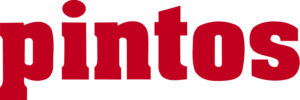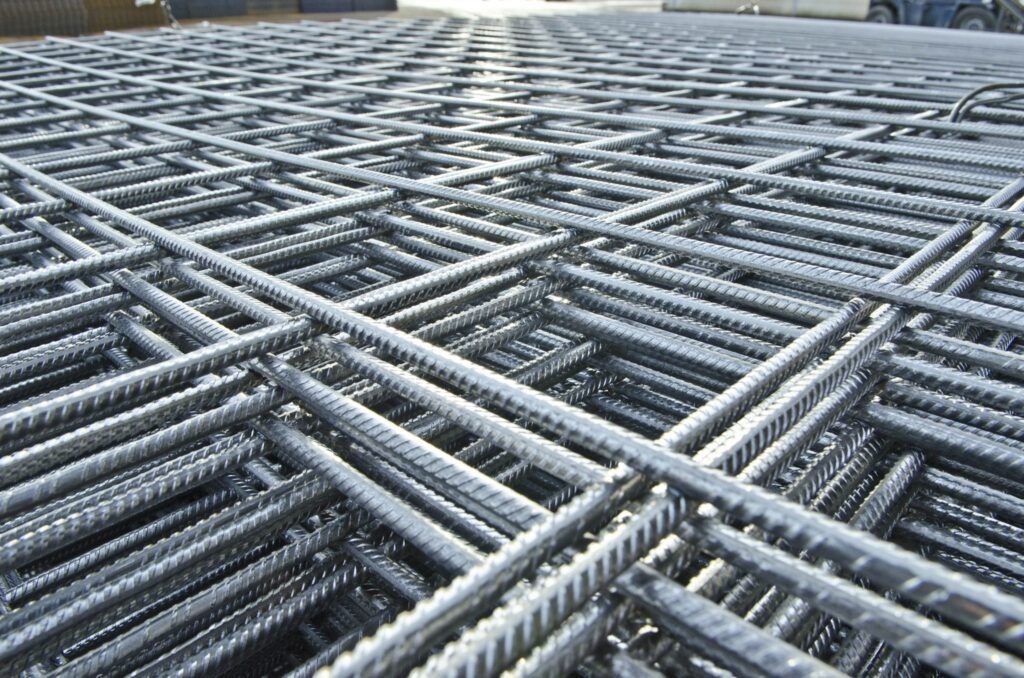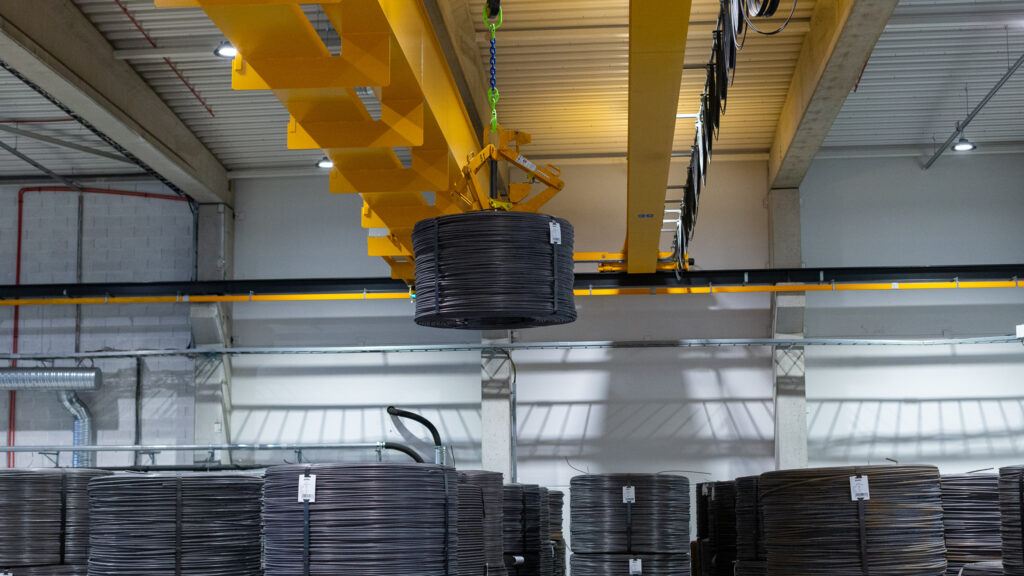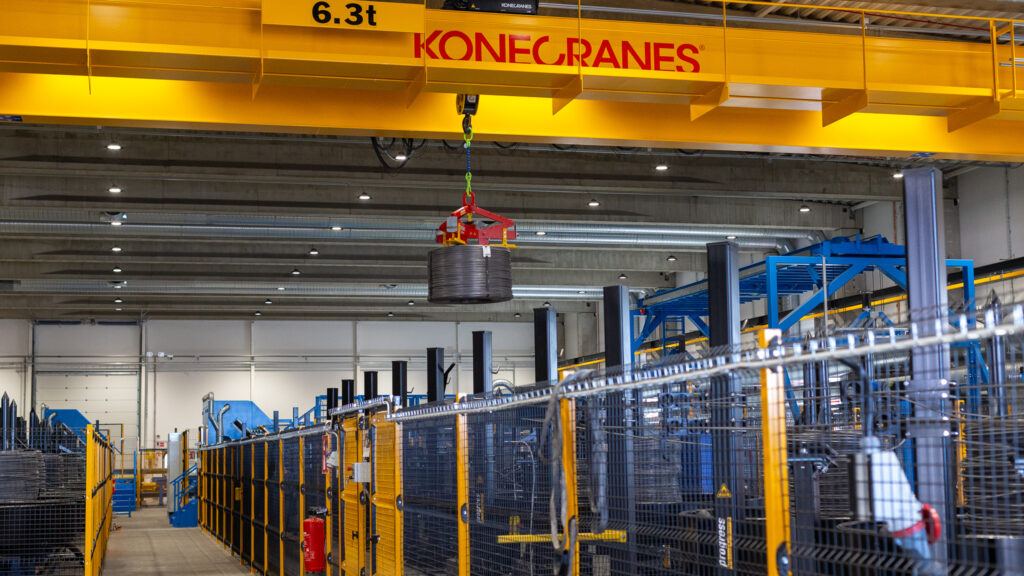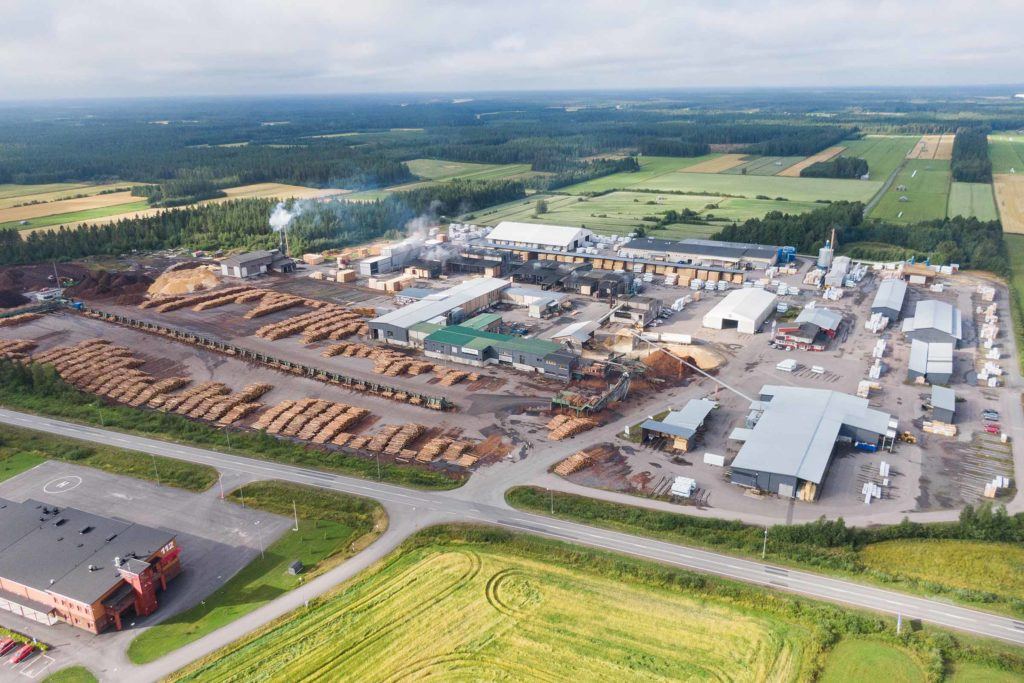Pintos
Pintos, one of Finland’s leading suppliers of concrete construction products, manufactures reinforcement mesh, lifting hooks, concrete casting accessories and fasteners – practically everything but the concrete itself – at its production plants in Eura and Lappi. In 2021, the company launched a simulation project with Pinja to provide research and decision support for a planned investment in machinery. Since then, cooperation has expanded to include lead times through value-stream mapping and developing daily management. The main driver behind the partnership is the effective use of lean thinking.
